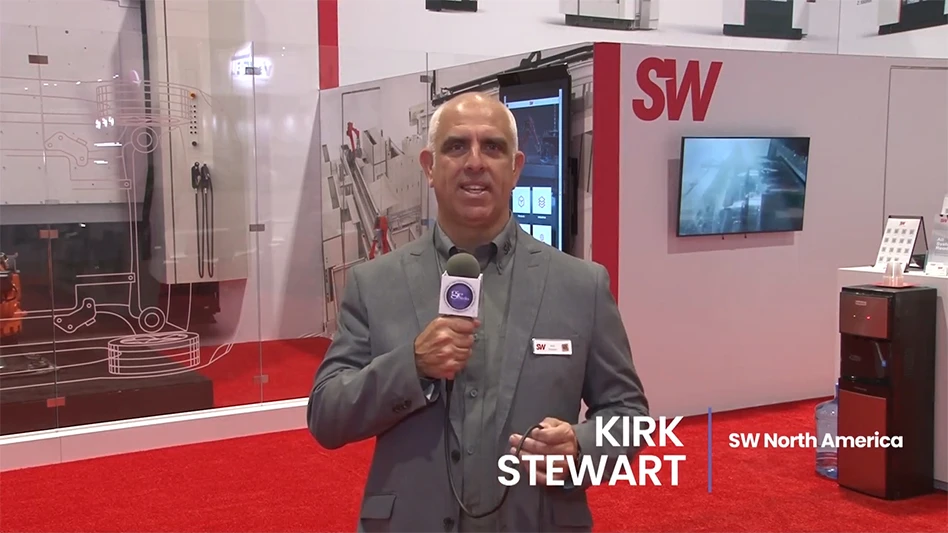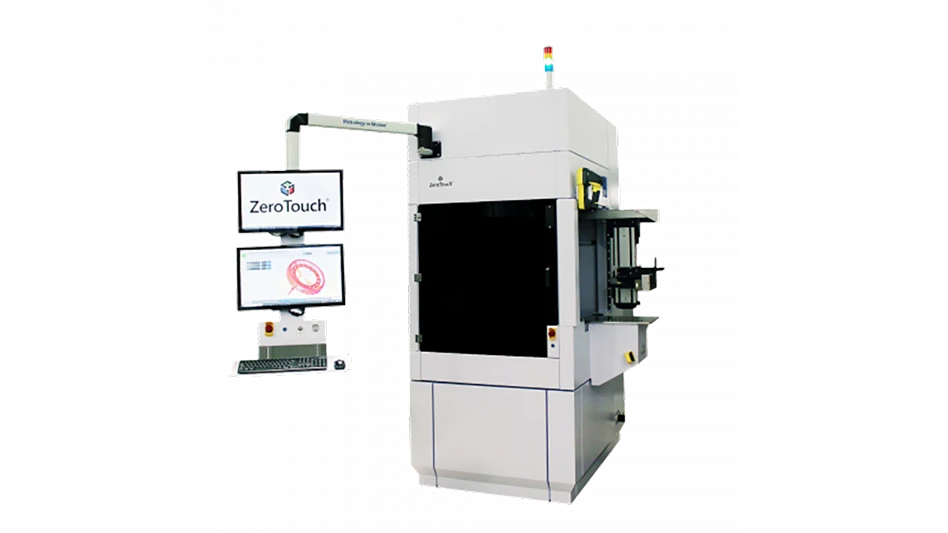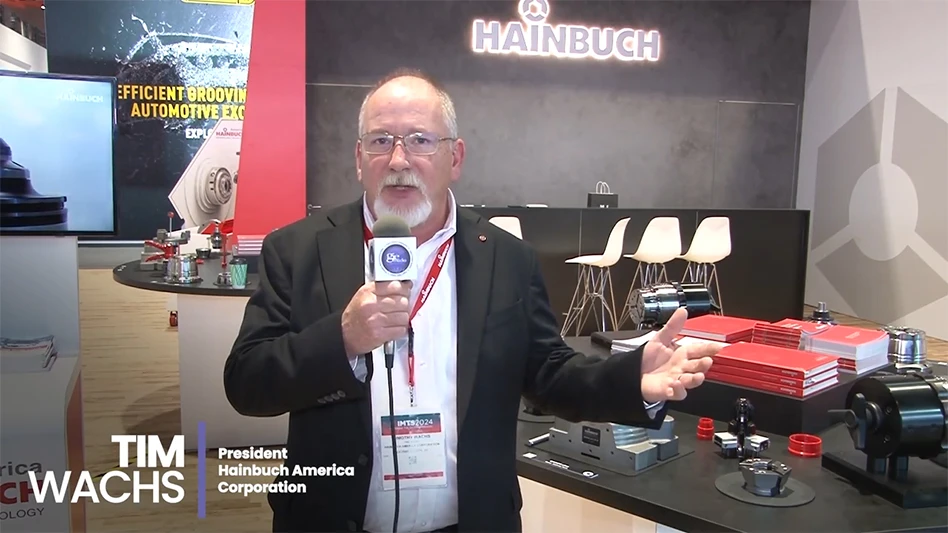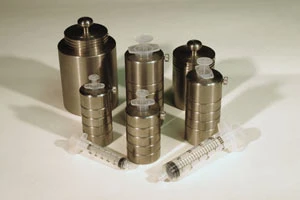
NUCLEAR MEDICINE HAS MADE SIGNIFICANT ADVANCES in minimally invasive diagnosis and treatment of disease. For example, Positron Emission Tomography (PET) imaging allows disease to be studied on the molecular level.
This technique involves the use of radioactive pharmaceuticals that emit far more penetrating radiation than those used in other procedures. The procedure poses a new level of radiation exposure risk to anyone in the treatment clinic - especially to technicians who must daily administer multiple doses of radioisotopes to patients using standard injection syringes.
PET imaging has created a need for more effective radiation shielding of clinicians' hands and eyes.
The tungsten heavy alloy produced by ATI Firth Sterling in Madison, AL provides an ideal materials solution for this need. Tungsten heavy alloy is more effective than lead in blocking powerful x-rays and gamma radiation.
Tungsten heavy alloy is as strong as steel, providing much greater impact resistance than any lead alloy. Additionally, tungsten heavy alloy does not exhibit the toxicity of lead-based materials, which allows it to be used as a lead substitute in applications where maximum environmental friendliness and safety are important.
Tungsten heavy alloy is also readily machinable using common metal shop tools and techniques. It can be easily machined into ergonomic designs as demonstrated by the custom syringe shields shown. Tungsten heavy alloy also offers good corrosion resistance under ambient conditions.
The high density and high stiffness (about 50% greater than steel) of tungsten heavy alloy also make it a material of choice for inertial masses, balancing applications, and high rigidity tooling.
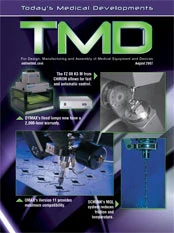
Explore the August 2007 Issue
Check out more from this issue and find your next story to read.
Latest from Today's Medical Developments
- LK Metrology acquires Nikon Metrology’s laser scanning and Focus software assets
- Flexxbotics’ robot compatibility with LMI Technologies 3D scanning, inspection products
- IMTS 2024 Booth Tour: Behringer Saws
- UNITED GRINDING Group to acquire GF Machining Solutions
- Mitutoyo America’s Metlogix M3 with the Quick Image Vision System
- IMTS 2024 Booth Tour: Belmont Equipment & Technologies
- Krell Technologies launches Photonics Outreach Program
- Hurco’s TM8MYi lathe
